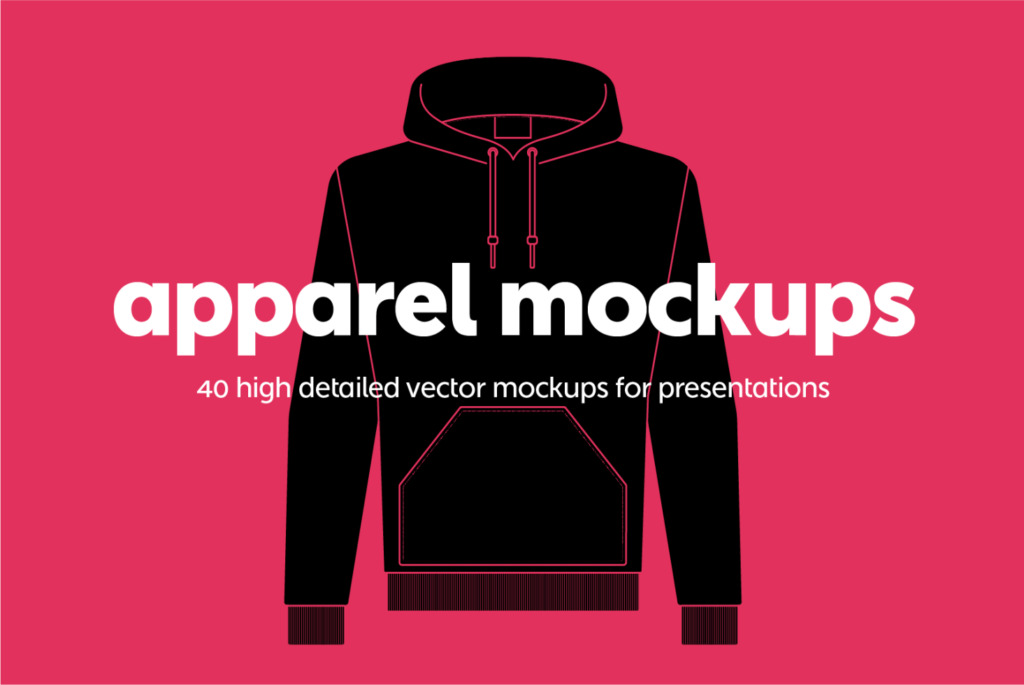In the digital age, knowing how to make mock up designs for clothes is a game-changer for designers and brands. Mockups bridge the gap between creative concepts and market-ready products, allowing you to visualize, refine, and present designs without the cost and delay of physical samples. Whether you’re a solo entrepreneur or part of a design team, mastering mockups can accelerate your workflow, reduce waste, and elevate your brand’s professionalism.
Why Mockups Are Essential for Fashion Brands

Mockups do more than just display designs—they serve as critical tools for decision-making, marketing, and production. Here’s why they matter:
- Cost Savings: Skip expensive sampling processes; digital mockups cut prototyping costs by up to 70%.
- Design Validation: Test colors, patterns, and placements quickly to ensure alignment with your vision.
- Marketing Advantage: Create compelling visuals for social media, e-commerce, and crowdfunding campaigns.
- Sustainability: Reduce material waste by digitizing the initial design phase.
Types of Mockups: Which Style Fits Your Needs?

- Flat Lay Mockups
Perfect for showcasing intricate details like prints and embroidery. Use them for e-commerce product pages or technical spec sheets. - 3D Mockups
Ideal for dynamic presentations. These mockups allow viewers to visualize garments from multiple angles, enhancing online shopping experiences. - On-Model Mockups
Display designs on diverse body types to emphasize fit and inclusivity. Great for lookbooks and advertising. - Lifestyle Mockups
Place garments in curated settings (e.g., urban streets, studios) to tell a brand story and connect emotionally with audiences.
Step-by-Step: How to Make Mock Up Designs for Clothes
Step 1: Define Your Objective
Determine the mockup’s purpose: Is it for internal feedback, client presentations, or marketing? This will guide your style and tool selection.
Step 2: Choose the Right Software
- Beginner-Friendly: Canva or Placeit for pre-made templates.
- Intermediate: Adobe Photoshop for customizable layered files.
- Advanced: CLO 3D or Blender for 3D prototyping and animation.
Step 3: Select a Base Template
Start with a high-quality blank garment template (e.g., t-shirt, dress, or hoodie). Ensure it matches your product’s cut and fabric texture.
Step 4: Import and Adjust Your Design
- Use vector files (AI/EPS) for sharp, scalable graphics.
- Apply blending modes in Photoshop to mimic fabric dye sublimation or screen-printing effects.
- Add shadows, wrinkles, and folds to enhance realism.
Step 5: Iterate and Refine
Experiment with color variations, design sizes, and placements. Gather feedback from peers or target customers before finalizing.
Step 6: Export for Your Purpose
- E-commerce: Use high-resolution PNGs with transparent backgrounds.
- Social Media: Optimize dimensions for platforms like Instagram or Pinterest.
- Production: Provide print-ready PDFs with bleed margins and color codes.
Top Tools for Creating Fashion Mockups
| Tool | Best For | Key Feature |
|---|---|---|
| Adobe Photoshop | Precision editing | Layer-based customization |
| CLO 3D | 3D design & animation | Real-time fabric simulation |
| Placeit | Quick turns | Massive template library |
| Blender | Custom 3D renders | Free and open-source |
| Canva | Beginners | Drag-and-drop simplicity |
From Mockup to Manufacturing: Ensuring Accuracy
A mockup is only as good as its execution. Follow these tips to ensure seamless translation into physical products:
- Detail Spec Sheets: Include Pantone colors, measurements, and fabric composition.
- Collaborate with Manufacturers: Share mockups early to identify potential production challenges.
- Request Physical Samples: Use your digital mockup as a reference to evaluate the first prototype.
Mockups as Marketing Tools: Driving Engagement and Sales
Leverage mockups to build buzz and secure sales before production:
- Crowdfunding: Use realistic mockups to showcase products and attract backers.
- Social Media Teasers: Share behind-the-scenes mockup iterations to foster community engagement.
- Lookbooks and Catalogs: Create digital publications featuring mockups in lifestyle contexts.
Case Study: Mockups in Action
EcoWear, a sustainable apparel brand, used 3D mockups to design a zero-waste collection. By testing designs digitally, they reduced sampling waste by 80% and pre-sold 200 units through a mockup-driven Instagram campaign.
The Future of Mockups: AI and Beyond
- AI Integration: Tools like Midjourney generate mockups from text descriptions, speeding up ideation.
- Augmented Reality (AR): Allow customers to “try on” garments virtually using AR filters.
- Blockchain Verification: Use NFT-linked mockups to protect design ownership and authenticity.
Conclusion: Master Mockups to Transform Your Design Process
Learning how to make mock up designs for clothes is no longer optional—it’s a essential skill for modern fashion professionals. By embracing digital tools, you can streamline creativity, reduce environmental impact, and connect with audiences in powerful new ways.

